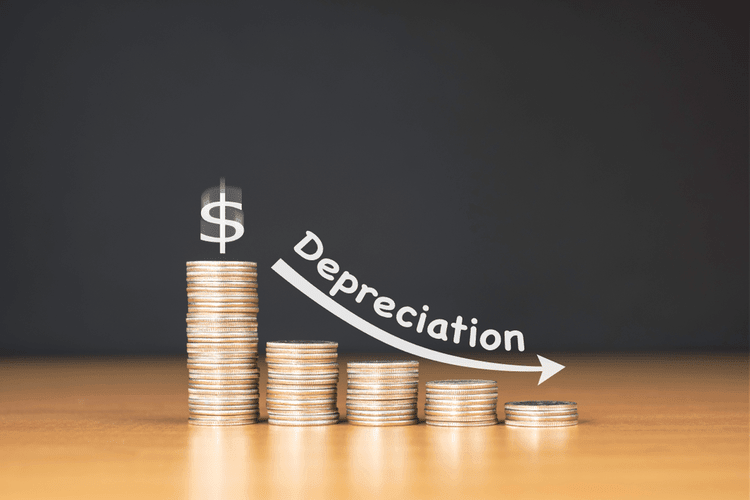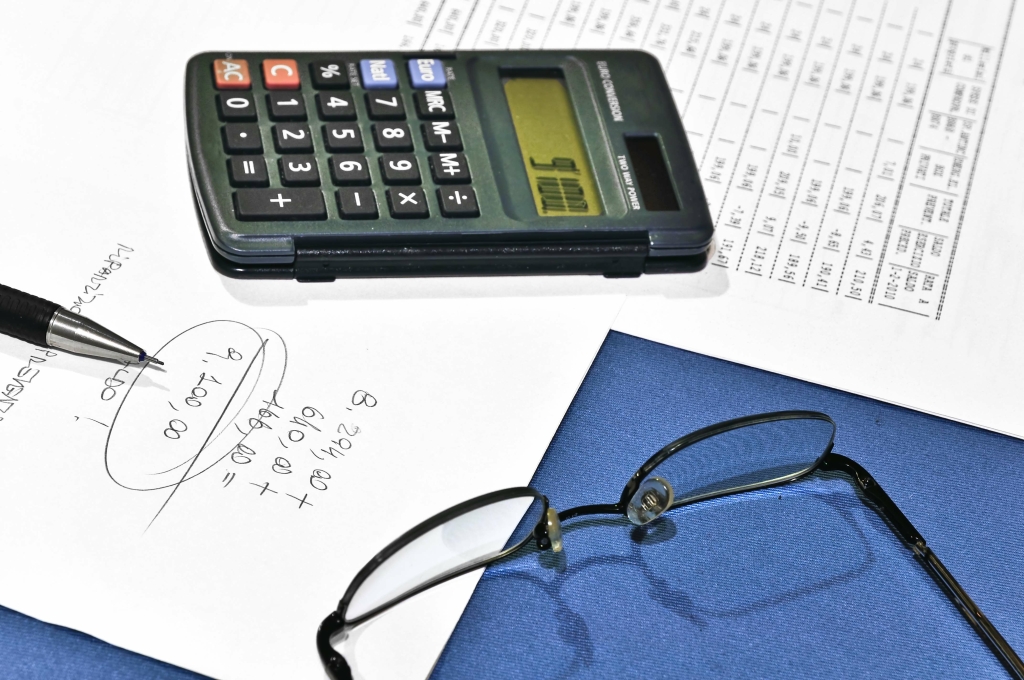
(2) Development effort for manufacturing or production materials, systems, processes, methods, equipment, tools, and techniques not intended for sale. Proposal means any offer or other submission used as a basis for pricing a contract, contract modification, or termination settlement or for securing payments thereunder. Profit center means (except for subparts 31.3 and 31.6) the smallest organizationally independent segment of a company charged by management with profit and loss responsibilities. Nonqualified pension plan means any pension plan other than a qualified pension plan as defined in this part. Actual cash value means the cost of replacing damaged property with other property of like kind and quality in the physical condition of the property immediately before the damage. Accumulating costs means collecting cost data in an organized manner, such as through a system of accounts.

Conclusion – Understanding the Concept and Importance of the Historical Cost Principle to Businesses
Goodwill may arise from the acquisition of a company as a whole or a portion thereof. Any costs for amortization, expensing, write-off, or write-down of goodwill (however represented) are unallowable. The measure of normal cost under this method for each cost accounting period is the present value of the units of benefit net sales deemed to be credited to employees for service in that period. The measure of the actuarial accrued liability at a plan’s inception date is the present value of the units of benefit credited to employees for service prior to that date. (This method is also known as the unit credit cost method without salary projection.).
A Beginner’s Guide to Effective WhatsApp Marketing in 2024

Moreover, fair value adjustments can introduce volatility into financial statements, making it harder for stakeholders to assess long-term trends and stability. Furthermore, the Cost Principle does not capture the potential obsolescence or impairment the cost principle is used of assets. Technological advancements or changes in market demand may render certain assets obsolete or impaired.

Original Cost Basis:
It becomes easier to differentiate the cost of assets from the asset value. It would require companies to measure assets and liabilities based on the price they would receive if they sold them in the current market rather than their original cost. However, many stakeholders have expressed concerns about the reliability of fair value measurements and the potential for volatility in financial statements. The historical cost principle is also applied in the valuation of inventory. One potential benefit of current cost accounting is that it provides a more accurate representation of the current purchasing power of money. However, it can also result in company financial statement volatility.
If it has risen in value, then no changes are made to the historical cost. This is an example of how cost principle can be detrimental in terms of asset appreciation. It is also an example of how it is advantageous when it comes to depreciation. Asset impairment indicates that an asset’s fair market value has dropped below what it was originally listed as.
201-6 Accounting for unallowable costs.
Furthermore, the cost principle’s emphasis on verifiable data enhances transparency and accountability in financial reporting. By recording assets at their original purchase price, companies can provide stakeholders with a clear and consistent view of their financial position, reducing the risk of misinterpretation or manipulation. This transparency is crucial for maintaining investor confidence and meeting regulatory requirements, particularly in sectors where accurate asset valuation is essential for compliance and risk management. In practice, the cost principle aids in budgeting and forecasting by offering a stable reference point. For instance, when planning for capital expenditures, companies can rely on historical cost data to estimate future investment needs and allocate resources effectively.
- When a company sells an asset acquired at a different cost than its current value, the gain or loss on the sale is recognized for tax purposes.
- In the 15th century, Italian mathematician Luca Pacioli developed the double-entry bookkeeping system based on the historical cost principle.
- When a company purchases an investment, the cost is recorded on the balance sheet at its original cost, which includes the purchase price plus any transaction costs, such as brokerage fees.
- The original purchase price is a concrete figure, easily traceable through invoices and receipts, making it less prone to manipulation or error.
- These advantages enhance the credibility and usefulness of financial statements, enabling stakeholders to make informed decisions based on reliable information.
- The debate between historical cost and fair value accounting has long been a topic of discussion among financial professionals.
- A variation on the concept is to allow the recorded cost of an asset to be lower than its original cost, if the market value of the asset is lower than the original cost.
- The record would be the new vehicle cost as the cash paid and the trade-in vehicle value.
- It’s also used as a measure in determining depreciation of assets over time, or when assessing impairment of assets.
- Under the cost principle, the asset remains on the company’s books with a value of $85,000 ($100,000 minus $15,000 in depreciation) and is not adjusted to reflect the current market conditions.
If assets are always maintained at the original cost, then adjustments are unnecessary. Using the fair value method, costs and assets will continue to fluctuate as the market changes. If your business is looking for investors or lenders, Financial Forecasting For Startups a consistent balance sheet is important.
- Actual cash value means the cost of replacing damaged property with other property of like kind and quality in the physical condition of the property immediately before the damage.
- Initial outfitting of the unit is completed when the unit is ready and available for normal operations.
- The principle requires assets to be recorded at their original cost, which is a verifiable and objective measure.
- The cost of $25,000 is still recorded on the balance sheet, and the depreciation of $20,000 appears as ($20,000) on the statement.
- For example, if a company bought a piece of equipment for $10,000 and then sold it for $12,000, the gain of $2,000 is taxable income.
- The Cost Principle is a critical accounting convention that ensures businesses record their assets and liabilities accurately.
Note, however, this is used for personal finance and not for corporations marking to market their securities holdings. Overall, the cost principle provides a solid, factual basis for the financial accounting of assets, ensuring accuracy and objectivity. This makes for consistent, non-speculative record-keeping, providing a clear and stable perspective on a company’s financial health, regardless of market fluctuations or perceived increases in value. The practical use of the cost principle lies in its simplification and standardization of financial accounting. For example, if a company owns a factory, it may use replacement cost accounting to measure the value of the factory based on the cost of rebuilding it using current materials and labor costs.